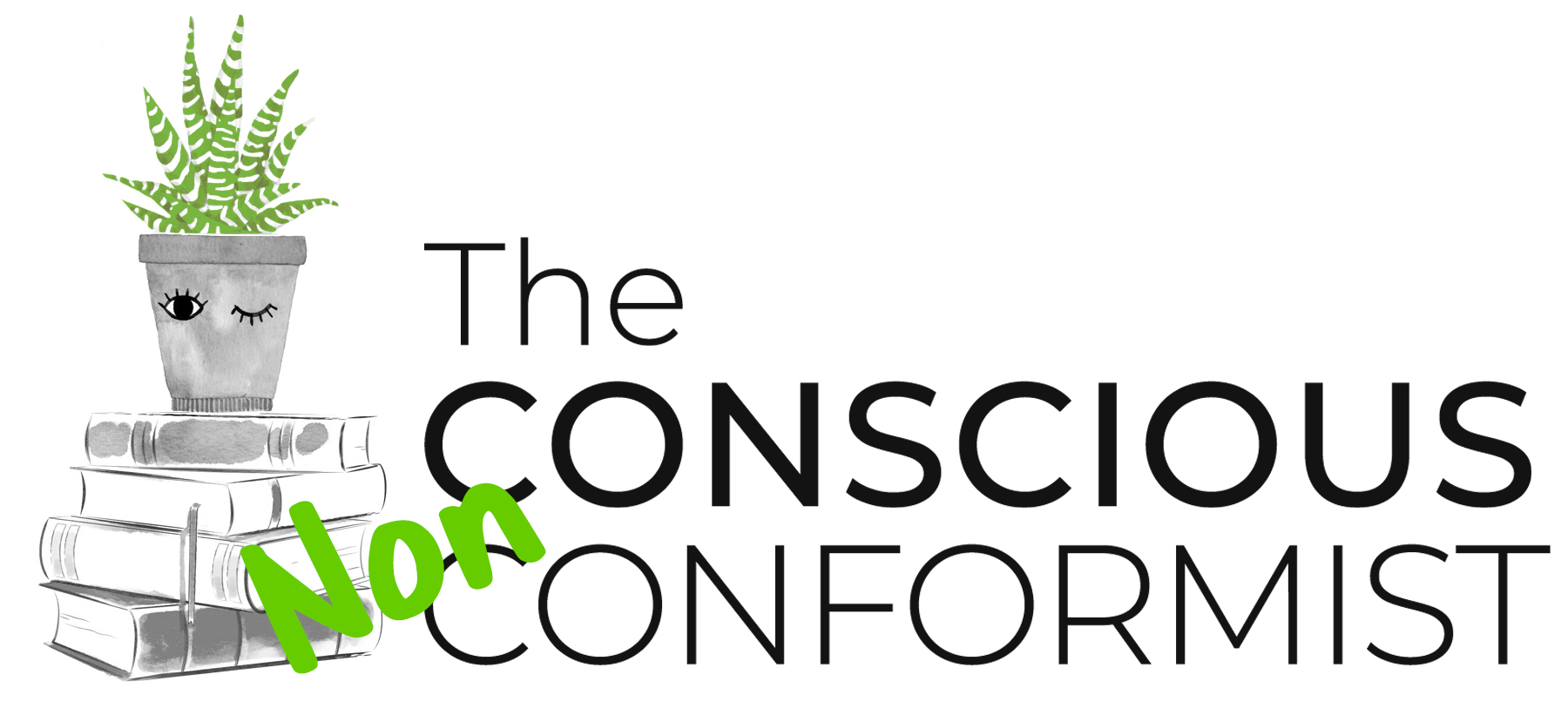
What is Organizational Culture?
Organizational culture, whether shaped intentionally or grown organically over time, reaches the core of a company’s ideology and practices. It defines the “how” in the way organizations accomplish things.
- How do we treat one another?
- How do we treat our customers and partners?
- How do we interact in meetings?
- How do we perform our work?
- What types of behavior are encouraged and what types are discouraged?
Culture encompasses shared values, beliefs and behaviors that determine how employees and management interact in every aspect of the business.
Company culture shows up in the philosophy of the life/work balance, dress code, office setup, employee benefits, employee engagement, and more.
What makes up a good, or healthy, one?
While each culture is unique, there are some common components of healthy ones. Let’s explore five of these aspects below…
#1. Vision
First and foremost, corporate culture is shaped by a vision. This can start with a simple mission statement to a powerful corporate manifesto. The vision comes directly from the Senior Leadership of the organization.
It is most effective when it can be summed up in one sentence.
It is best when every employee knows what the vision is and is able to communicate it easily.
#2. Company Story
Often times the vision stems from the company’s unique founding story.
This could be based on the story of the founder(s) with inspiration on why the company exists, and what its ultimate, deeper purpose is.
Crafting the history into a narrative can help shape the “raison d’etre”, reason for being, of the company.
#3. Values
The company vision is then turned into guidelines, behaviors, and mindsets that align with company values.
To reinforce and support the values, they can be consistently communicated to all employees.
This could include how clients are served, how colleagues are treated, and professional standards that are implemented.
#3. Behaviors
The values of the company are of little importance if they’re not put into practice.
Company culture needs to be reflected in the behavior of employees and management interactions, with each other, and with customers.
If an organization claims to invest in its people then it needs to be ready to do so, in visible ways.
If a company values the work/life balance then this needs to be implemented into work hours, location and benefits.
#4. Environment
The environment of a company plays another role in company culture. Whether that includes geography, architecture, or aesthetic design, all have an impact on values and behaviors.
Are employees gathered together in a collaborative environment? Or do they work remotely from home?
#5. People
Ultimately company culture is shaped by the people that are part of it. This can naturally evolve over time.
Companies with strong culture recruit new employees that are a good fit with their standards, beliefs, and values..
Finding the right people to support the company culture leads to employee satisfaction and less turnover.
What’s the impact of a toxic culture on your organization?
Culture, in any environment (i.e., organizational, family, associations, etc.) is a powerful driver of human thought and behavior. It tells us what’s right and wrong in that context.
A toxic culture could show up as oppressive, aggressive or other negative behavior. It could show up as hostile jokes, teasing, or undermining the work and accomplishments of others.
It could also show up as ridicule, excessive criticism, and bullying. Illness, burnout, low morale and/or high employee turnover are all results of a toxic culture.
A toxic company culture can break an organization with diminished productivity, innovation and customer service. Over the long run this break could lead to complete destruction.
How to change it?
Changing corporate culture to a more healthy one is not a one-and-done exercise. It can take months to several years. The time depends on how big the gap is between the culture you have and the culture you desire. It is, however, worth the effort in terms of employee engagement which in turn directly affects the bottom line.
Take a look at your mission, vision and values and consider how they align with your HR processes, including hiring, performance management, employee engagement, compensation, benefits and promotion.
Do they match up? What changes can you start with?
Need help changing your organizational culture? We can help. Learn more about our consulting services here.
